Home »
Misc »
How big is a junior size basketball
How big is a junior size basketball
What size basketball should a player use?
How to choose the right basketball size:
We are often asked, "what basketball should I buy for my son or daughter?" First, you need to know that basketball sizes vary by age group, gender, and the level of play or league. There are four standard basketball sizes used in game play; 29.5" circumference, 28.5" circumference, 27.5" circumference, and 25.5" circumference. Below you'll find more information on these four sizes, including the recommended age groups for each.
Use this handy basketball size chart to determine which basketball is best for you or your player(s):
29.5" Basketballs
Men and boys ages 15 years old and older use basketballs that measure 29.5" in circumference and weigh 22 ounces. 29.5" basketballs are also referred to as "official size" or "size 7" basketballs. Men's leagues such as the NBA, college and high school use 29.5" basketballs. For boys, a 29.5" basketball should be used for ages 15+.![]()
28.5" Basketballs
Women, girls ages 12+, and boys ages 12-14 use basketballs that measure 28.5" in circumference and weigh 20 ounces. 28.5" basketballs are also referred to as "intermediate" or "size 6" balls. Women's leagues including the WNBA, college and high school use 28.5" basketballs. Girls in 12+ leagues and middle school boys (ages 12-14) also use 28.5" basketballs.
27.5" Basketballs
It is recommended that boys and girls ages 9 to 11 use basketballs that measure 27.5" in circumference and weigh 17 ounces. 27.5" basketballs are also referred to as "junior" or "size 5" balls. The 27.5" circumference is the most common ball size used in youth basketball leagues.
25.5" Basketballs
Boys and girls ages 5 to 8 are recommended to use basketballs that measure 25.5" in circumference and weigh 14 ounces. 25.5" basketballs are also referred to as "rookie" or "size 4" basketballs.
Why Is Using The Proper Basketball Size Important?
First and foremost, players need to use the correct size basketball to develop proper ball handling and shooting techniques. It is especially important for young players to use the proper size/weight basketball during their development. Bad habits are likely to occur if a young player is using a basketball that is too big or is too heavy. The proper size basketball is necessary to teach proper hand placement for shooting with one hand, as well as for the correct way to pass and dribble.
It is especially important for young players to use the proper size/weight basketball during their development. Bad habits are likely to occur if a young player is using a basketball that is too big or is too heavy. The proper size basketball is necessary to teach proper hand placement for shooting with one hand, as well as for the correct way to pass and dribble.
Secondly, there's a good chance that a young player will lose interest in playing if he or she is not using the right size basketball. If the basketball is too big or too heavy for smaller players to properly grip and shoot, it is likely that they'll find the game less enjoyable.
Using the proper basketball size is a big factor in giving your budding hoops star the best shot at success and fostering their desire to play.
Comparing Indoor & Outdoor Basketballs
The main difference between indoor and outdoor basketballs is in the material of the ball. Indoor basketballs are made of either full grain leather, synthetic leather, or composite leather.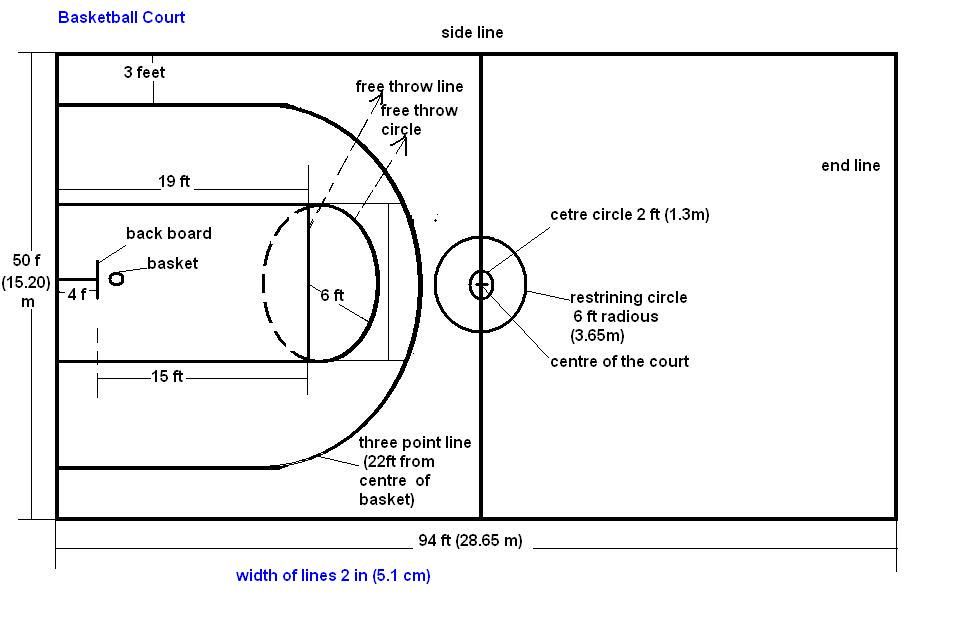 Generally, it takes a few uses for a full grain leather indoor basketball to be "broken-in," and thus easier to grip. A leather basketball should not be used outdoors because the concrete surface of an outdoor court causes the leather to roughen and wear, ultimately ruining the ball's grip. Both composite and synthetic leather indoor basketballs do not require a "break-in" period like a full-grain leather ball. However, the overall quality of composite and synthetic leather balls is less than that of regular leather basketballs.
Generally, it takes a few uses for a full grain leather indoor basketball to be "broken-in," and thus easier to grip. A leather basketball should not be used outdoors because the concrete surface of an outdoor court causes the leather to roughen and wear, ultimately ruining the ball's grip. Both composite and synthetic leather indoor basketballs do not require a "break-in" period like a full-grain leather ball. However, the overall quality of composite and synthetic leather balls is less than that of regular leather basketballs.
Outdoor basketballs or "street balls" are made of rubber and are durable enough to withstand concrete surfaces without effecting the ball's grip. The grip on a rubber basketball is generally easier to control, making them a good ball to use for beginning players.
Basketball Size Chart - Recommended Sizes for Kids & Adults
By Jeff Haefner
If you spend a little time watching youth games, practices, or pick up games in this country, you'll see that most young players use the wrong size basketball.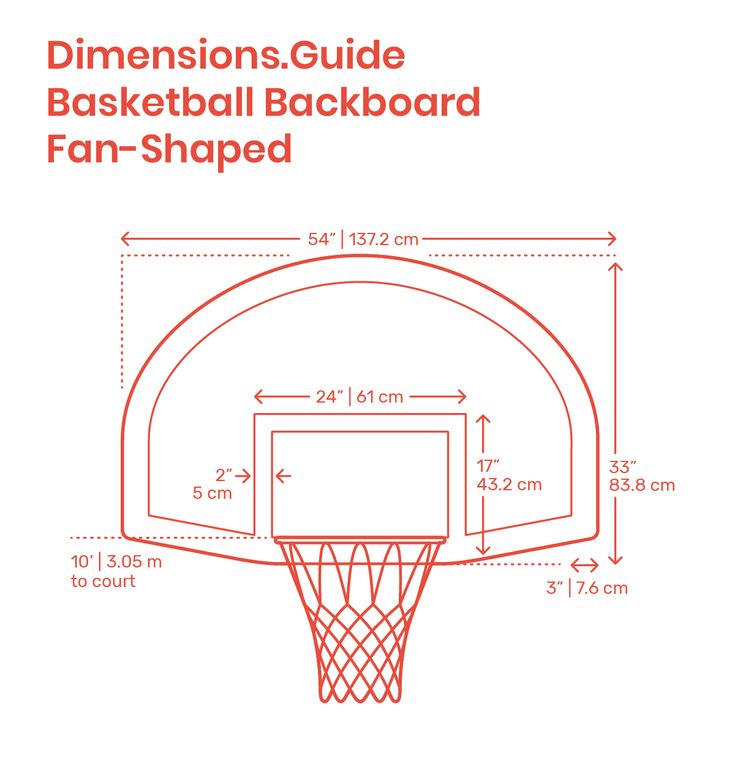
And using the wrong size often leads to bad shooting habits (incorrect technique).
This is partly because most websites (and basketball manufacturers) give recommendations that are frankly out of whack.
Below youll find recommendations from the experts here at Breakthrough Basketball.
| Size |
Circumference |
Weight |
Recommended For |
| Size 7 |
29.5" |
22 oz |
Men and boys ages 15 and up. This is official size for high school, college, and the pros. |
| Size 6 |
28.5" |
20 oz |
Boys ages 12-14. Girls and women ages 12 and up. This is the official size for womens high school, college, and pro basketball.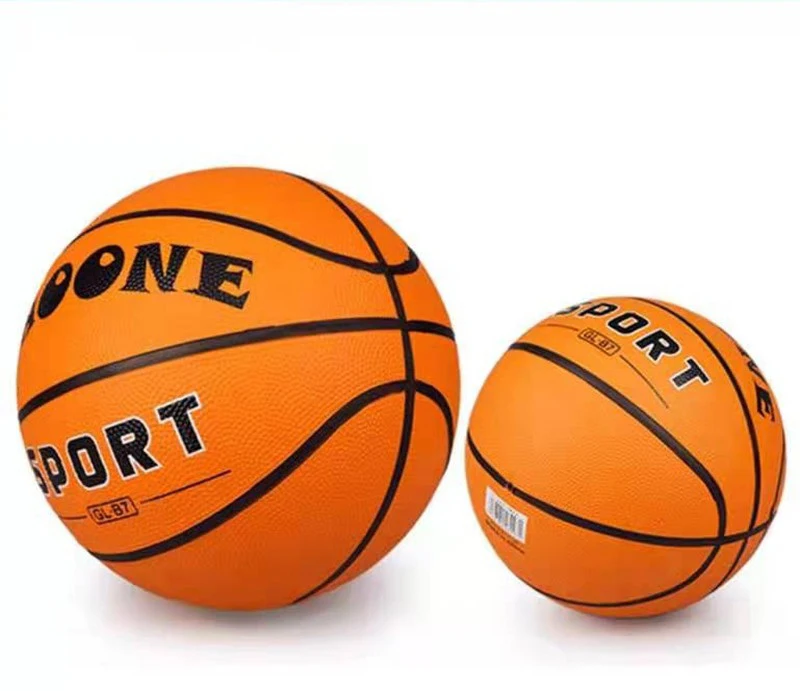 |
| Size 5 |
27.5" |
17 oz |
Boys and girls ages 9-11 years old. This is the standard youth basketball you find in most stores. |
| Size 4 |
25.5" |
14 oz |
Boys and girls ages 5-8 years old. |
| Size 3 |
22" |
10 oz |
Boys and girls ages 4-8 years old. Also known as "mini" basketball. |
| Size 1 |
16" |
8 oz |
Boys and girls ages 2-4 year olds. Also known as "micro-mini" basketball. |
| Nerf Toy |
9-20" |
1-5 oz |
Great for toddlers 0-4 years old. And fun for young hearted adults too! |
Notice the difference in the weight for each size?
It might not seem like a lot but it makes a huge difference when shooting the basketball.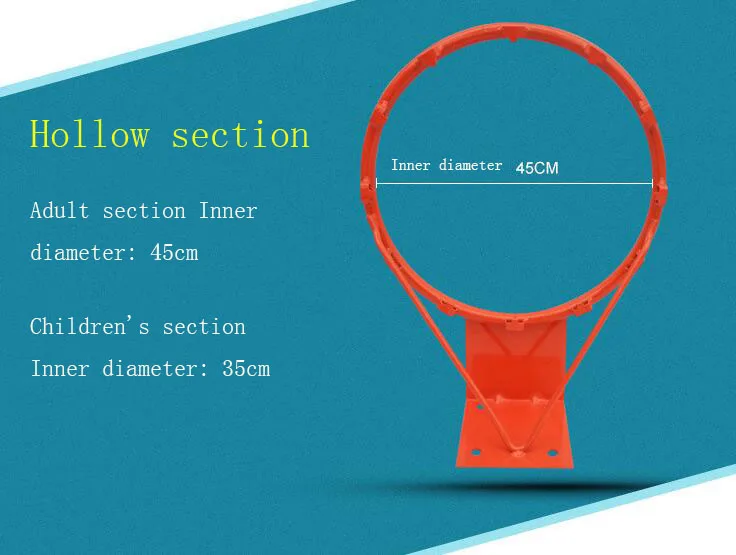
A mens size 7 ball is more than twice the weight of the size 3 mini!
This extra weight makes it impossible for young kids to shoot with proper technique.
Young kids compensate by dropping their shoulder, twisting, and slinging it up to the basket. And in some cases players flick the ball with both hands.
These bad habits tend to stick with players into their adult years, and theyre much harder to break that youd think!
So take the time to pick the correct size and weight basketball for your child.
Want to get more playing time and become the standout player on your team? Download our FREE Driveway Skill Workout for an expertly designed regimen that will have you scoring from anywhere on the court.
To your basketball success!
Jeff and Joe Haefner
Related Pages and Helpful Resources
Why Standard Youth Basketballs Are Too Heavy and Result in Bad Shooting Habits
Youth Basketball Shooting: 3 Things Youth Coaches & Players Need to Adjust
Order Basketballs by Size
Leave your comments, suggestions, and questions below.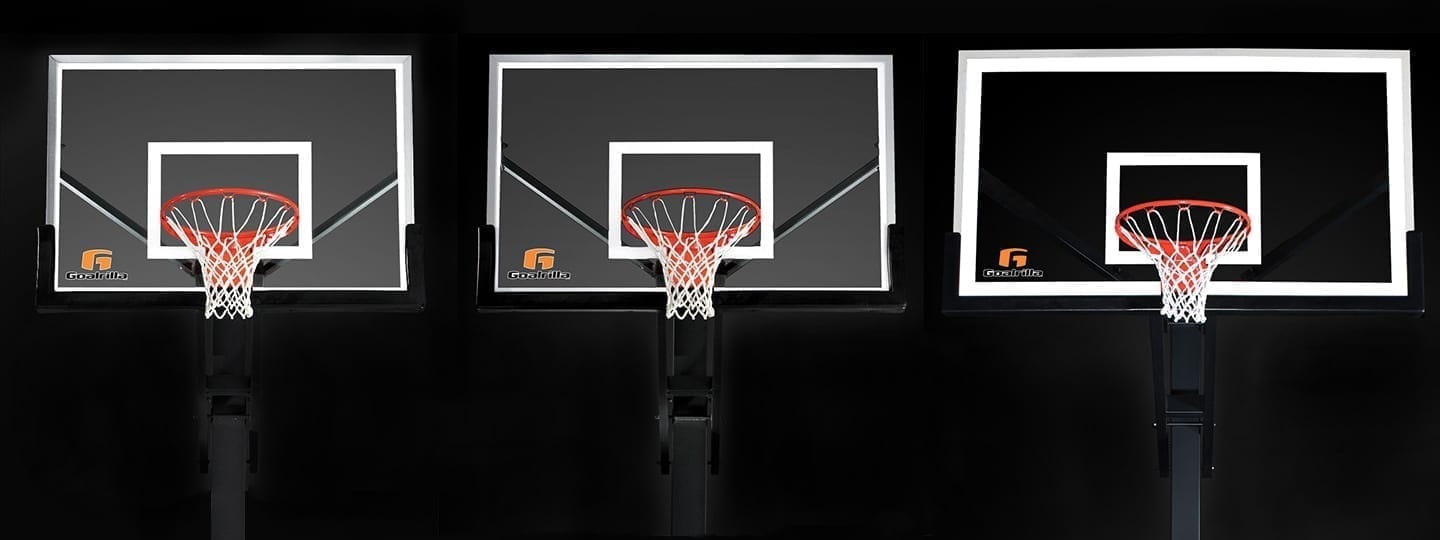 ..
..
How to choose a basketball?
Basketball is a fast and dynamic sport. To enjoy the gameplay, you need to buy high-quality inventory. Basketball equipment is presented in a wide range. Many well-known brands are engaged in the manufacture of balls for this sport. Which option to choose? Consider the main criteria.
Types of basketballs
One of the most important selection criteria is the purpose of the ball. With this, you need to start looking for a suitable projectile, we will start with this, in total there are three types:
- for the hall;
- for the street;
- universal.
The Indoor Basketball has excellent grip on parquet. Made from nat. leather or synthetics. Professional athletes choose models with a composite coating. Microfiber provides a comfortable grip. The material muffles impacts during the dribble. It is forbidden to play on asphalt sites, as in such conditions the projectile will very quickly lose all its qualities.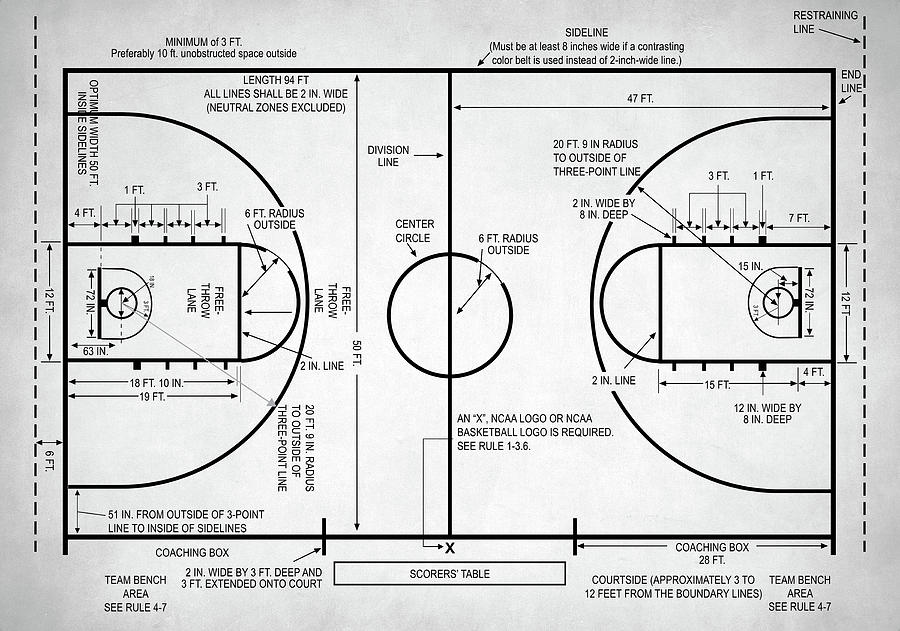
For the open field (outdoor) use shells made of synthetic raw materials. This composition makes them extremely resistant to wear. Additional surface treatment enhances grip. The ball is easy to control.
Universal projectiles are made of rubber. It is resistant to wear, behaves normally on parquet and can serve for quite a long time on open street areas. Some are covered with synthetic or composite materials. Manufacturers produce goods for sites with a smooth, wooden, rubber coating.
How to decide on the material
To understand how to choose a basketball, take into account the raw materials used in production. Durable versatile basketballs are made from artificial materials. Many professional indoor balls are made from composite leather.
Genuine leather is considered the best material for the hall. The leather ball is an essential element of any professional basketball tournament. If you see the marking “Supreme Leather” on such a ball, then the manufacturer used premium leather.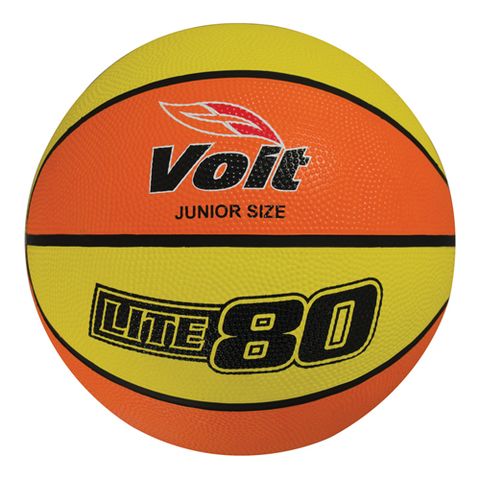
Quality check
The first evaluation method is rebound. A correctly inflated ball will bounce to a height of approximately 130 centimeters. There is an alternative way. Raise the professional ball to head level, and then release it. He should bounce to the waist. Look at the quality of the nipple.
Do not sit on it or kick it to keep its original shape. Careful use preserves the correct rebound during the dribble. Elasticity is another indicator of quality. The ball must not become soft after a short play. Pump up periodically, but use only a special nozzle, and not a football needle.
Size
What size basketball should I buy? It all depends on the specifics of use. Marking No. 7 - the largest ball is intended for competitions of men's teams. The table shows absolutely all existing sizes:
Size